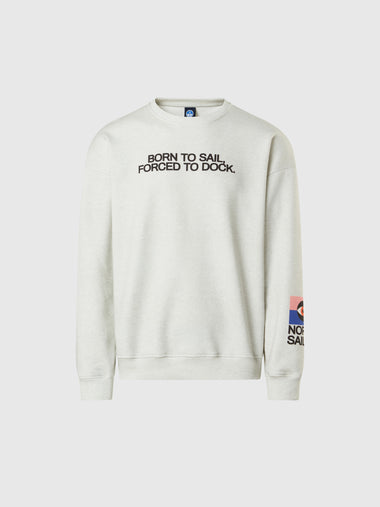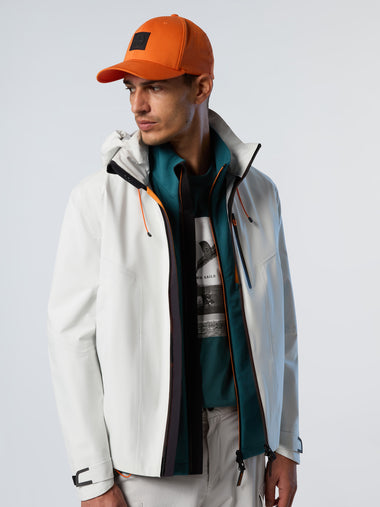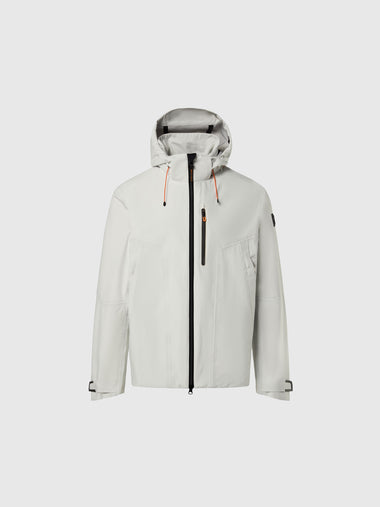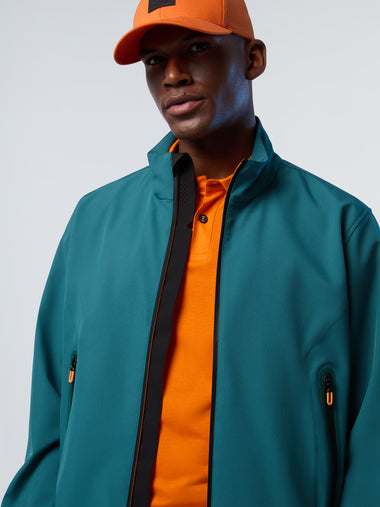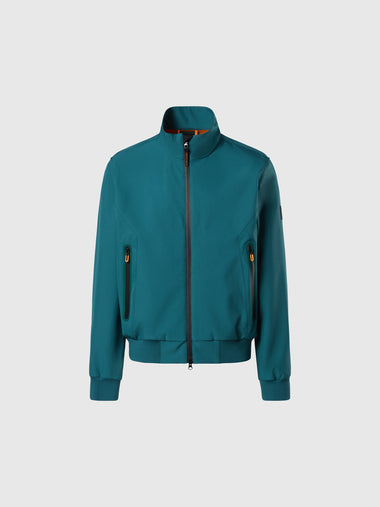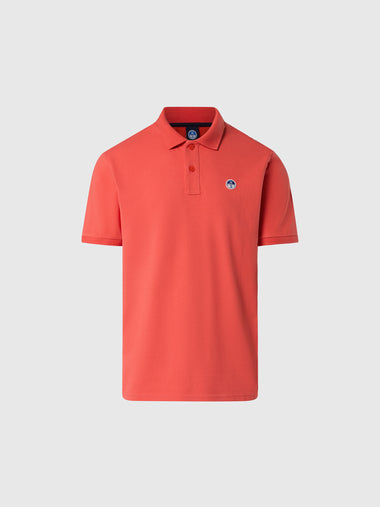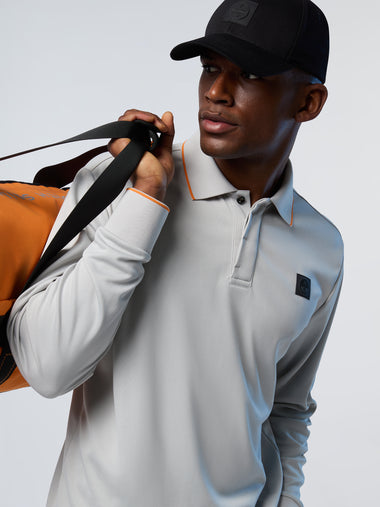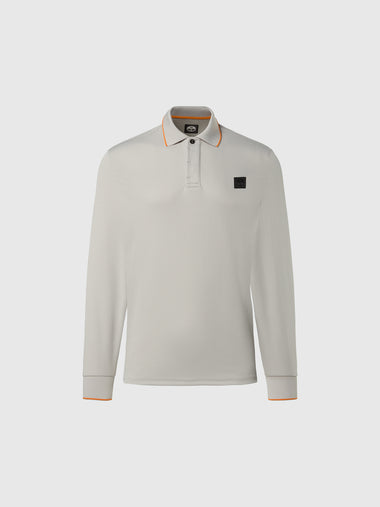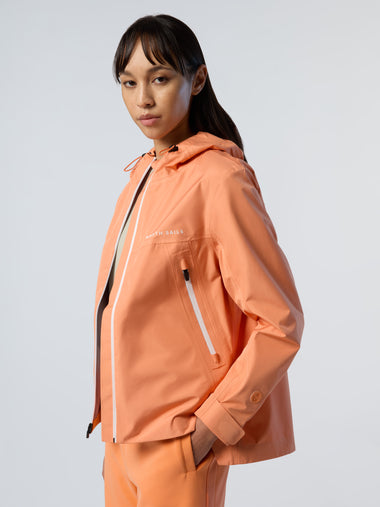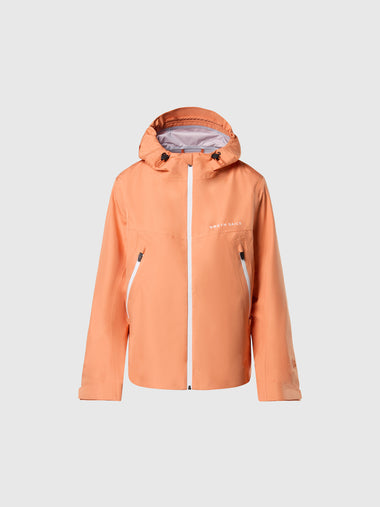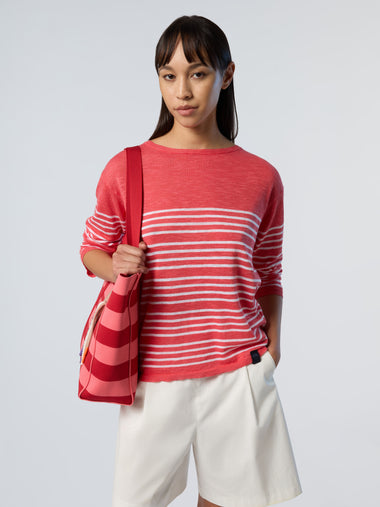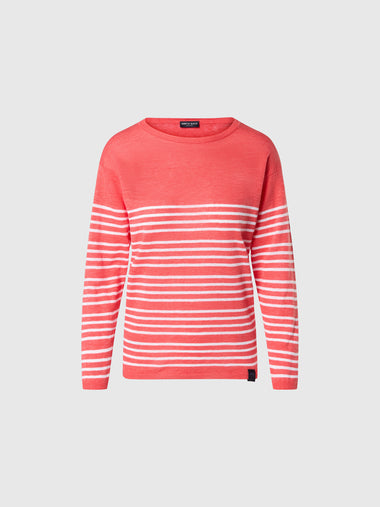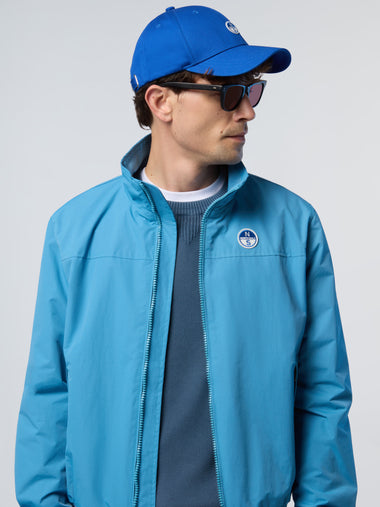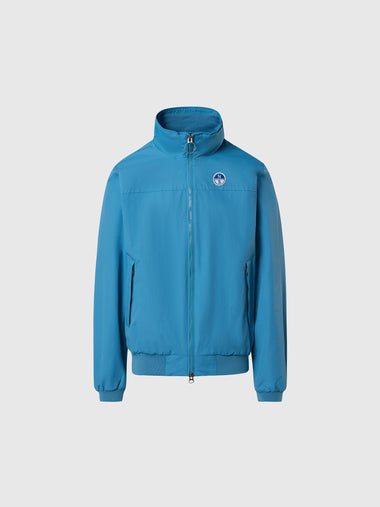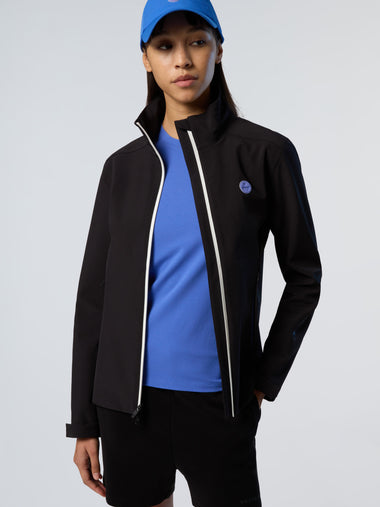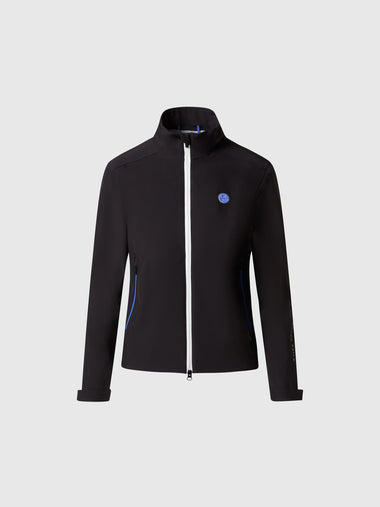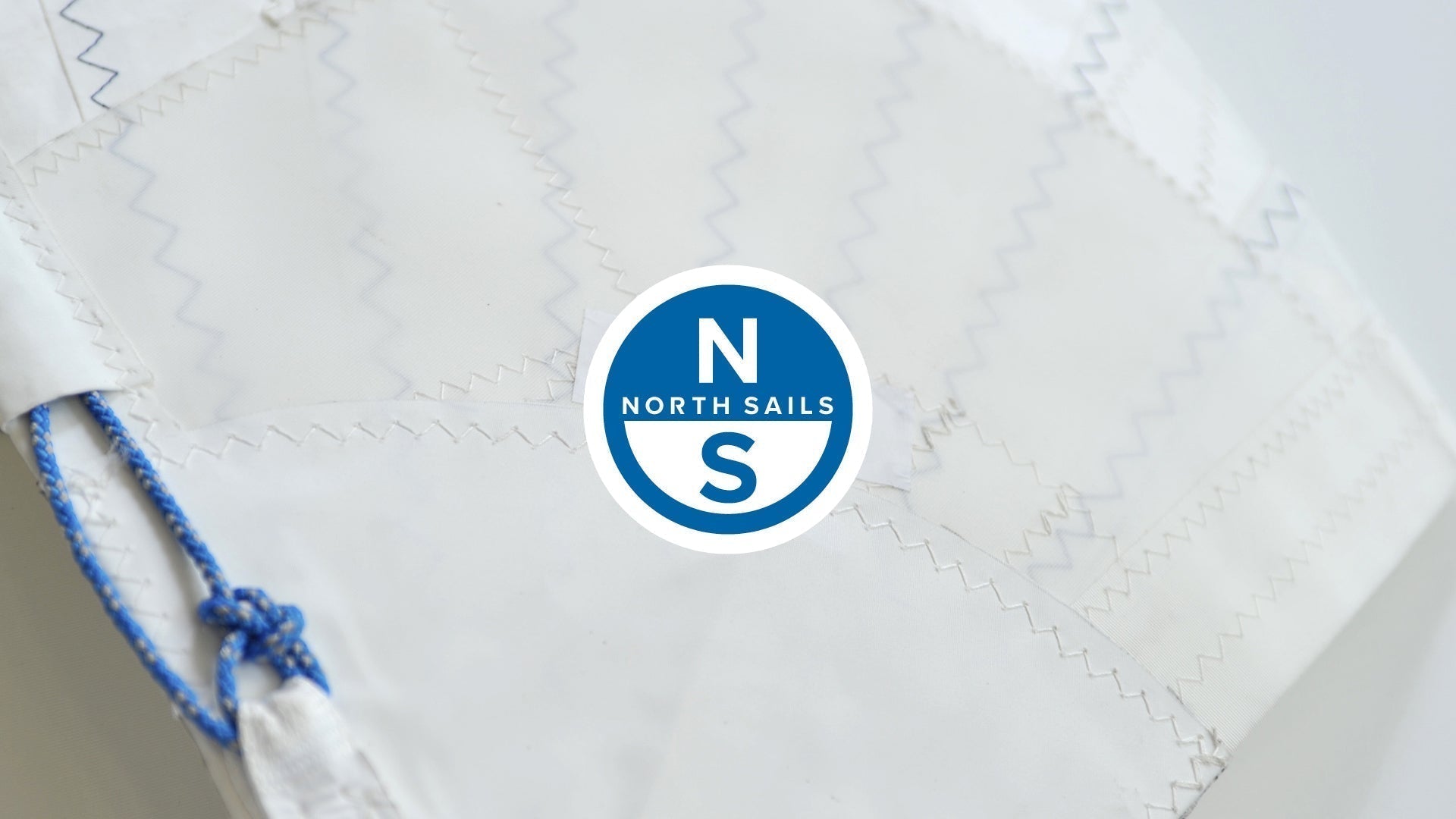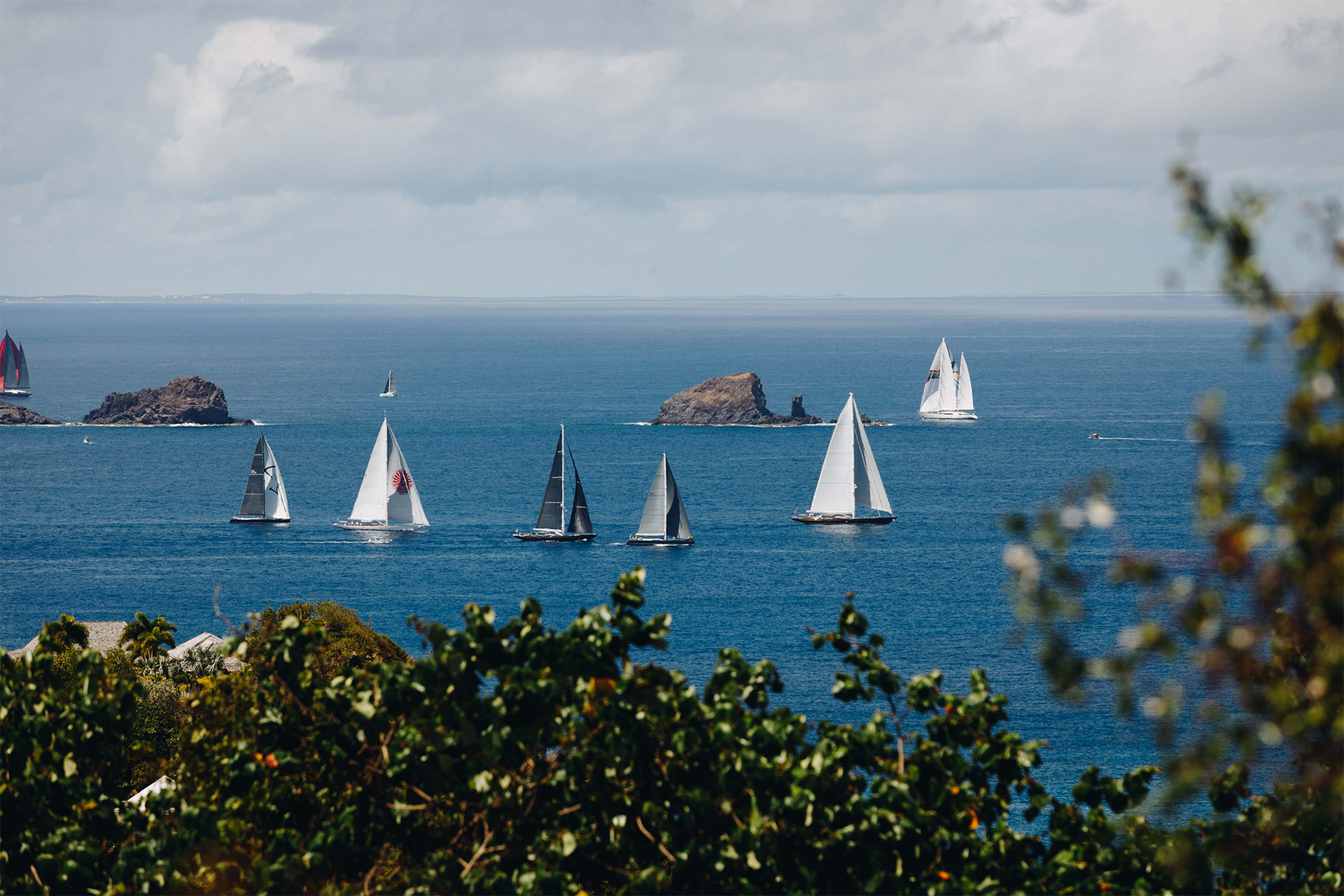SOLO TUNING GUIDE
The Solo is a boat with a relatively simple rig. Once you are on the water there is little adjustment possible. It is essential therefore that you get the right rig settings before launching. When setting up a new boat you need to establish the following:
MAST FOOT POSITION
In the past we suggested two mast foot positions, but in recent years when sailing in a mixed upwind/downwind race track I have found I liked the one setting for all conditions so this is what we would recommend. Measuring from the front edge of the mast foot to the outside edge of the transom should be as close to 3065mm as possible. Please see Fig 1, 1a, 1b showing how to take this measurement.
PLEASE NOTE with this setting the boom will be lower, if you have limited mobility, sail at a venue where you are constantly tacking or on a club course with more offwind than upwind please feel free to move the heel aft to a setting nearer 3052 mm to keep the boom higher, make it easier to tack and bias performance more to downwind. Secondary to this is boats prior to approximately 2008 may struggle to move the heel forward to this measurement due to the bulkhead position.

Fig 1


MAST RAKE
This is controlled by forestay tension. Set the forestay so its tight when the back of the mast hits the back of the mast gate, then release the forestay tension by 2 holes on the adjuster, this is the base rake. For those with a mast cutout [please check your mast manufacturer for warranty on this] you can set the average mast rake with a tape measure, should be set at 5940mm measured using a tape measure on the halyard hoisted to your black band and then to the top aft edge of your transom bar. To ensure the hoist of the halyard is at the correct height the tape should read 5030mm when held down the mast to the top of the gooseneck band, this is then at the correct hoist height and can easily be replicated, now you can proceed to measure the rake. See Fig 2 & 2a showing how to do this.

Fig 2

Fig 2a
SHROUD TENSION
Update for P-4/F-4/L-4 designs - These designs are setup best with a slacker rig tune than previous designs. This allows the mast to bend more, both fore/aft and sideways and provides a less critical
For these sails we would recommend getting setup with a light-medium/All purpose tension and then easing the shrouds further for strong/overpowered conditions. This crossover between the tensions is a combination of wind strength, sea conditions and helm weight. For example if you are 90kg sailing inland on flat water you will likely 'ease' tension at a windspeed 6-7kts higher than a 76kg sailor sailing in choppy conditions. As a baseline we would suggest 16kts being the crossover to work up or down from.
To get to the correct tension firstly you should find your datum, this is done onshore without a sail hoisted. To do this mark your shrouds adjusters at the position where your shrouds just come into tension when the mast touches the front of the mast gate - this is your datum.
From this position 'slacken' your shrouds 1 Half of a hole. (see Pic to confirm). This position is now your light-medium/all-purpose shroud tension and the one we would advise using if you are looking for a single all purpose setup.
For strong/overpowered conditions we would advise to slacken your shrouds a further 1 half of a hole from your light-medium/AP tension.
Please note - for previous generation sails (P-3/F-3/L-3 etc etc) please use the Datum as an all purpose setup. If you are over 90kgs or sail predominantly on flat water then tighten 1 half of a hole from this datum tension.

CENTREBOARD POSITION
Turn the boat on it’s side and drop the board and mark the handle when the leading edge is vertical (LV), relative to the bottom of the case. Then lift the board until the trailing edge is vertical (TV) and mark the handle. Then mark the handle with 20mm spacings to guide when you lift the board further as the breeze builds.

MAST CHOCK
Use 1 x 10mm chock to be used as per the tuning matrix below.
| Control | 0-5 knots | 6-10 knots | 11-16 knots | 17+ knots |
| Centreboard | Leading edge vertical | Trailing edge vertical | 40mm up from TV mark | 40-100mm up from TV mark |
| Chock | Chock behind mast | Chock in front | Chock in front | Chock in front |
| Kicker | Slack | In tension to stop boom | Tension to control leech | Max. kicker |
| Outhaul | 50mm depth in foot | 100mm depth in foot | 50-100mm depth in foot until overpowered then tension progressively | Max. outhaul with crease along foot |
| Inhaul | 15mm from back of mast | 10mm from back of mast | 5mm from back of mast | 0-5mm from back of mast |
| Traveller | Positioned so that boom end is over inboard edge of sidedeck | Positioned so boom end is between inboard & outboard edge of sidedeck | Positioned so boom end is over gunwhale, until overpowered then vang sheet and keep traveller on centreline | On centreline |
| Cunningham | Slack | Slack snug to remove larger wrinkles on luff | Tension progressively to depower | Tension to depower |
Because Solos are relatively easy to sail a boatspeed advantage is hard to find. The settings that have been used for this tuning guide are based around a Solo sailor weighing 8085kg using a Selden D+ mast and North Sail. However these settings still apply providing you use the correct mast and sail combination for your weight.
The settings are dependent on sea state, weight, mast, sail and fitness. So in a force 3 a 90kg helm would be on full power settings whereas a 75kg helm with the same rig would be on overpowered settings. The overlap between settings can be achieved with a combination of rig, sail and centreboard adjustment. There are different ways to achieve the same result. If for example you are caught out with light/medium settings in strong breeze raise the centreboard further, use more kicker tension (to bend the mast) cunningham and outhaul tension.
Use a combination of mainsheet tension, kicker tension and traveller position to find the best speed upwind. As a general rule start in light winds with the traveller positioned so that the boom end is over the inboard edge of the sidetank and mainsheet tensioned so that all the leech tell tails are flying. As the wind increases use more mainsheet tension and ease the traveller to stop the boom getting too close to the centreline. Kicker tension in light winds should be set just slack so that it controls leech twist out of tacks. As the breeze increases and you have to ease the mainsheet to keep the boat flat use kicker to control the leech profile, and adjust the traveller (usually move inboard) to keep the boom roughly over the outside edge of the quarter. Once fully overpowered use kicker upwind to increase low down mast bend and flatten the mainsail and pull the traveller to the centreline and leave it.
In a Solo body position is extremely important. In very light airs your body weight should be centred on the thwart, but do not move forward of this point however light it is. Once you are sat on the side deck move back so that your front leg is pressed against the thwart. As you become fully hiked move back to 150mm from thwart, and then up to 300mm as the wind increases.
OFFWIND
Use only enough centreboard so that the rudder is neutral when the boat is flat with the following sail settings:
LIGHT AIRS
Leave the outhaul on its upwind setting. The inhaul (if adjustable) should be released so its slack. The kicker should be slack or just in tension to stop the leech opening too much in the gusts.
MEDIUM AIRS
Ease outhaul so that lens foot is fully eased, ease the inhaul until slack. Set the kicker so that the top batten flies approximately 90 degrees to the boat, this allows the leech to open and maximise speed. If planing is a possibility keep the boat as flat as possible and take the mainsheet 2:1 from the boom.
HEAVY AIRS
Only ease the outhaul on tighter reaches if you can use more power. Ease Inhaul until slack. Once on the broader reaches and run ease outhaul to allow a little depth in the foot. Set the kicker as for medium airs or ease to depower on the reaches. This is also very quick on the run to allow running by the lee. By spending time on the water preferably with a tuning partner you will be able to establish the right settings for all conditions. This will allow you to concentrate more of your energies on finding the quickest way round the course.





